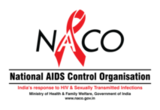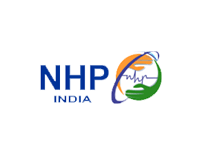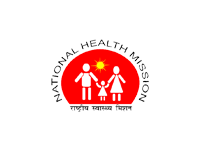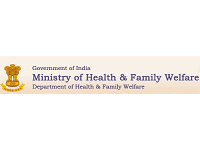Consistent condom use has been one of the most critical aspects of NACO’s prevention strategy for HIV/AIDS control. To this effect, NACO started its Condom Promotion Programme under National AIDS Control Program (NACP) phase III and continued expanding in Phase IV also. The specific Condom Promotion objectives are:
-
Increase demand for condoms among high risk, bridge and general population
-
Expanding social marketing programme to saturate coverage in high HIV prevalence and/or high fertility districts and to increase
the demand for condoms among high risk, bridge and general population
-
Maximize access of free condoms with most vulnerable groups – while minimizing wastage
-
Increase sales in rural areas and expand availability through condom sales through non-traditional outlets (stores not previously
-
selling/ that do not usually sell condoms)
-
Introduce brand management innovations and demand generation activities to promote consistent condom use
-
increase the accessibility of condoms to make it available within 15 minutes of walking distance from any location
-
Free Condom (Nirodh): Free Condoms are procured by Ministry of Health & Family Welfare and distributed by NACO/ SACS to High Risk Group (HRGs) through TI NGOs/ICTC/ART centers for HIV/AIDS Prevention.
-
Social Marketing Condom: Socially marketed condoms are distributed by NACO through its Social Marketing Organizations (SMOs) under Targeted Condom Social Marketing Programme (CSMP). The Programme focuses geographically on high prevalence and/or high fertility districts with additional emphasis on ensuring condom availability in HRG sites - vulnerable population intensive areas. The Programme also focuses on expansion of condom availability of hitherto underserved areas such as rural markets and increasing the numbers and types of outlets stocking and selling condoms and make it a ubiquitous product. Hindustan Latex Family Planning Promotion Trust, Population Health Services India, Pashupati Chemicals & Pharmaceutical Limited, HLL Lifecare Limited- a PSU, Parivar Seva Sanstha, Population Services International, Janani and DKT India are the SMOs who had socially marketed condoms in India under NACO CSMP.
-
Ensure availability of subsidized condoms to consumers who cannot afford market priced (commercial) condoms in high priority districts.
-
Focused on high priority districts for better impact
-
Districts are categorized in four categories
-
Coverage of 100% high risk areas in the programme districts
-
Targeted Intervention sites
-
Trucker halt points
-
Migrant districts (source, transit and destination)
-
Large construction sites
-
Unique performance-based contracting with SMOs, against predefined targets for condom sales, outlet coverage, midmedia contacts etc.
-
SMO operations closely linked to programme objectives (e.g. rural sales, non-traditional outlet, etc.)
-
Real time monitoring of programme implementation down to field-level ensures timely interventions and corrective actions, if required.
-
Data validation through online Programme Monitoring Software and field visits.
-
Specific focus on Deluxe Nirodh (GoI brand)
-
Number of midmedia contacts for demand generation monitored
-
The payments of SMOs are released based on achieving milestones
- Female Condom Program
- Total Condom Distribution has grown from 1.8 billion pieces in 2007-08 to 2.7 billion pieces in 2012-13 (Source: NIELSEN and Ministry of Health & Family Welfare).
-
Accessibility of condoms at any location of walking distance has been reduced from 30 minutes to 19 minutes (15 minutes in Urban and 21 minutes in Rural) (Source: Condom Promotion Impact Survey 2010).
-
Deluxe Nirodh continues to maintain its market share at 17% which is highest among all individual brand variants in overall condom market (Source: NIELSEN).
-
Rural paid condom market has grown by 70% during 2007-08 and 2012-13. During the same period rural social marketing condom market has grown by 42% (Source: NIELSEN).
NACO’s Condom Promotion strategy focuses on two aspects: ensuring availability and creating demand for condoms.
The availability of condoms is addressed through three sub components of Condom Promotion Programme: Free Condom, Socially Marketed Condom (Paid-subsidized) and Female Condom.
Commercial Condoms: Condoms under this category are marketed as private brands and distributed by companies under commercial marketing practices. These condoms are not provided any subsidy and hence are sold in fully-priced regime. The salient features of the Targeted Condom Social Marketing Programme are as under: The Female Condom Programme empowers FSWs to protect herself from HIV infection by using Female Condom in low-negotiable environment. Contribution of Condom Promotion Programme in National Condom Promotion Programme:

























